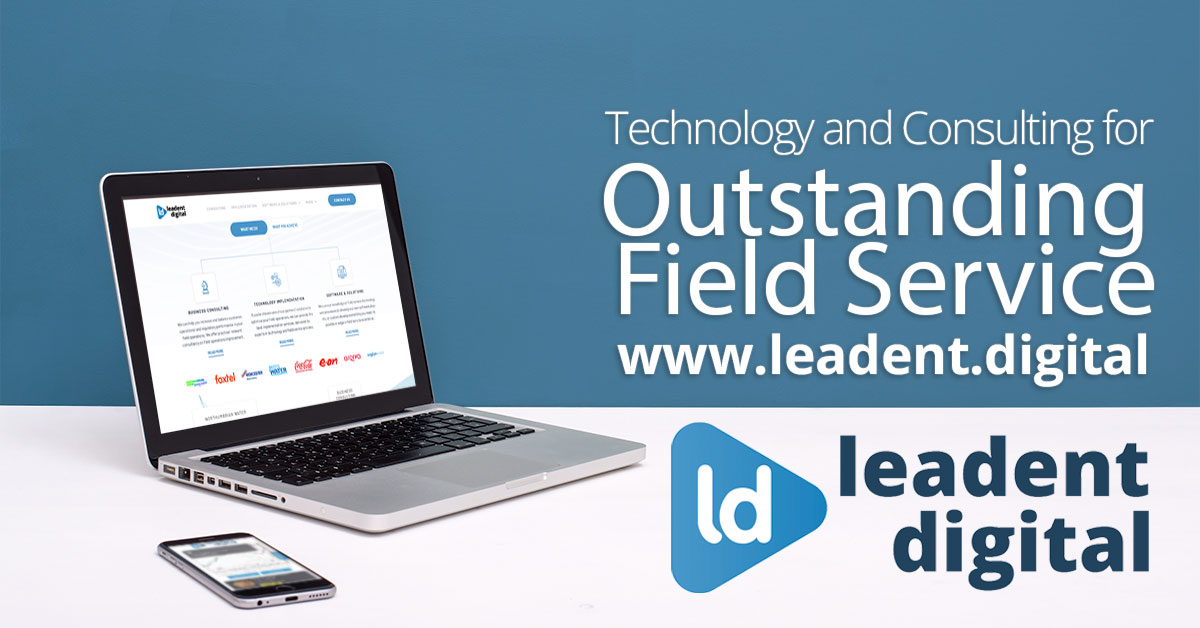Artificial intelligence (AI) is gaining pace in many organisations. Perhaps not at the scale and speed that some future gazers might have predicted, but little by little as companies start to deploy it and understand its value. It has the potential at scale to transform how we work and how we live. The widespread adoption of cloud technologies is also allowing the enabling infrastructure for AI to be accessed. This includes easier access to data; the ability to store and query that data; advances in cyber security and access to high speed cloud-based infrastructure and processing.
As with many transformation initiatives, however, it isn't enough to just focus on the technology. Piloting AI is a good thing but the pilot needs to be set up for success. You need to be aware of how you are planning to move from successful pilot to successful rollout. Your organisation needs to have made available the time and resources required to scale up alongside other changes required to roles and processes.
Enthuse your leaders
Your business leaders need to understand why AI is important to them and how staff will take part in AI or be impacted by it. Remember that leaders may be unfamiliar with the technologies involved and sceptical of something that appears too big a risk and too much of an unknown. You can evaluate and anticipate these barriers and build counter-approaches into your rollout strategy. Make sure you spend enough time on educating, information and communicating your pilot and its achievements. Be realistic of course and demonstrate that you are learning any lessons to make the rollout even more effective. Don't rush the rollout planning and keep successful adoption in mind. Prioritise redesign of processes; clear and consistent communication; training and support and wrap all of these around an effective change management approach.

Manage the change
No change initiative will happen overnight. It needs careful planning and consideration. It needs communication, engagement and support. It needs a compelling vision for the future that is meaningful and tangible. Employees need assurance that the technology will make their lives easier. Perhaps repetitive tasks will be minimised. Perhaps greater insights and processing will help them to make more rapid and informed decisions. They will need to know that ultimately AI will make their job roles better. Start small, communicate the results of pilots and early initiatives and get staff on board for the bigger change when it comes.
Upskilling your people
Ensuring the right skills are available in your business to manage a rollout of AI at scale canoe a big challenge. AI implementations come with them new tools and technologies alongside the transformation that goes along with it. Keep focused on your use cases (developed during any trials or proof of concept) to ground the AI solution in your real business examples. Adopt tools that help to ensure a meaningful user experience and make sure these tools are tested and trained. Consider how you upskill your employees and also how you will bring in the right external skills to support them.

Organise your business
Don't be afraid to adopt the business structure that will make your rollout a success. Consider the roles and capabilities that you require in your central teams (focusing on analytics, data and technology infrastructure) and the teams that are distributed acrosss your business (individual business units, companies, markets who will have use cases that need to leverage the central AI capability). Divide the rollout tasks between the programme, the central and the distributed teams, whilst ensuring collaboration between them. The greater the AI maturity in your business, the more that these tasks can be move to your business units with coordination. Where they are more complex or need common direction, governance or control, focus them in the centre.
Adopt good practice
You can learn a lot from understanding good practice and how other organisations like yours have rolled out AI already. Be clear on your goals and the business problems you are trying to solve. You don't need to have solved these answers before rollout as your models will need to be trained and tuned as they are used by the operational business. You do need iterative feedback loops in place, however, alongside a mechanism to continuously improve and evaluate your performance. Learn from others and learn from your users in the business who are looking to apply AI to their use cases. Don't be afraid to fail fast and pivot to something adjacent.

Leverage the right datasets
Data plays a vital role in scaling AI. It can be hard to make sense of the sheer volume of data in your organisation and how to cleanse, manage and maintain it. Business Intelligence and Analytics platforms can help to analyse and make sense of these datasets, alongside a robust structure and data governance approach for integrating internal and external datasets.
Get support
Leadent Digital helps organisations to achieve transformational change. We love developing apps that transform customer experience and help you deliver a more frictionless service experience across all of your contact points and channels. Why not get in touch to tell us more about your current priorities?

